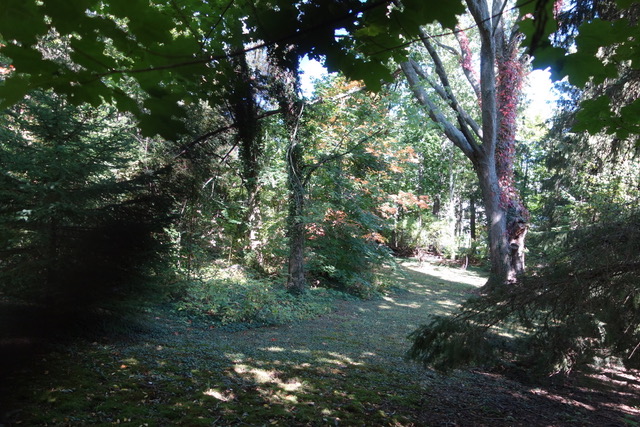
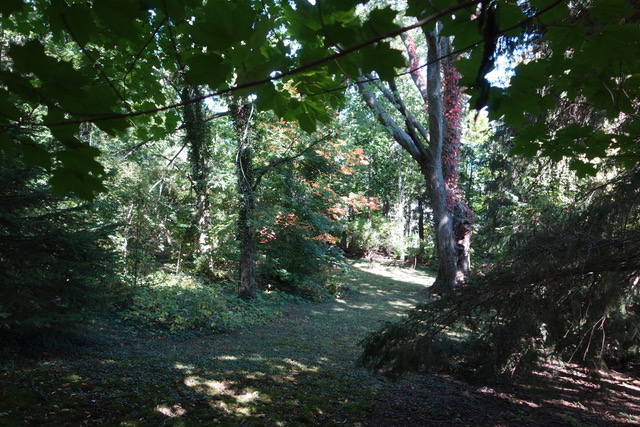
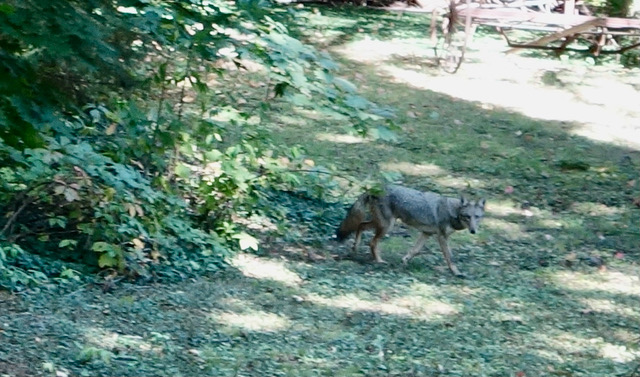
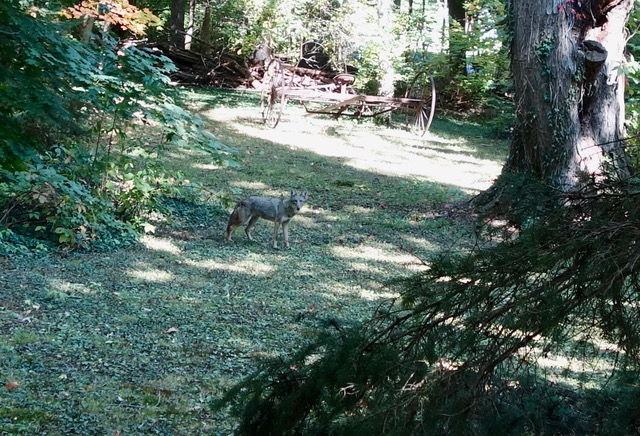
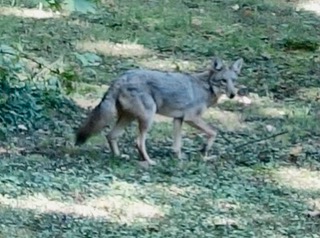
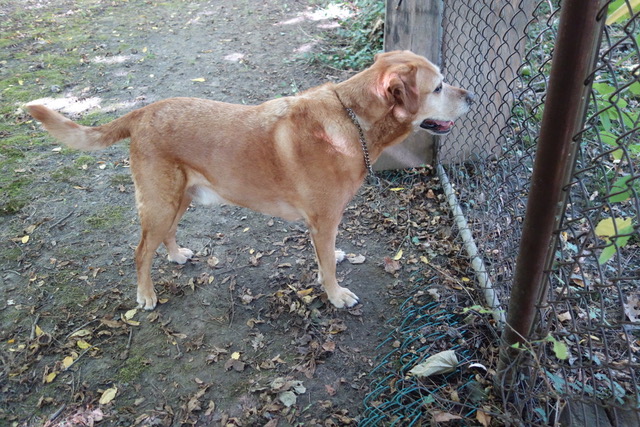
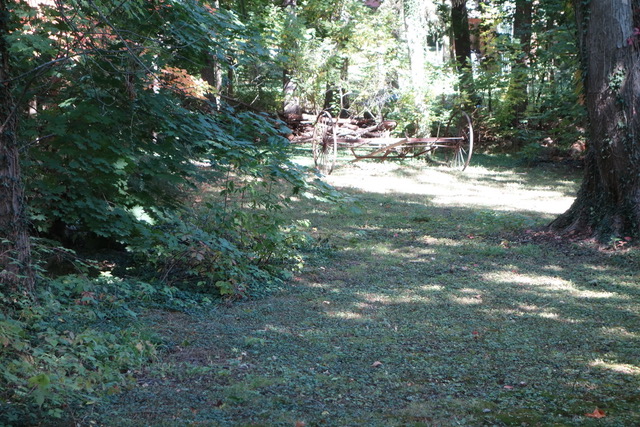
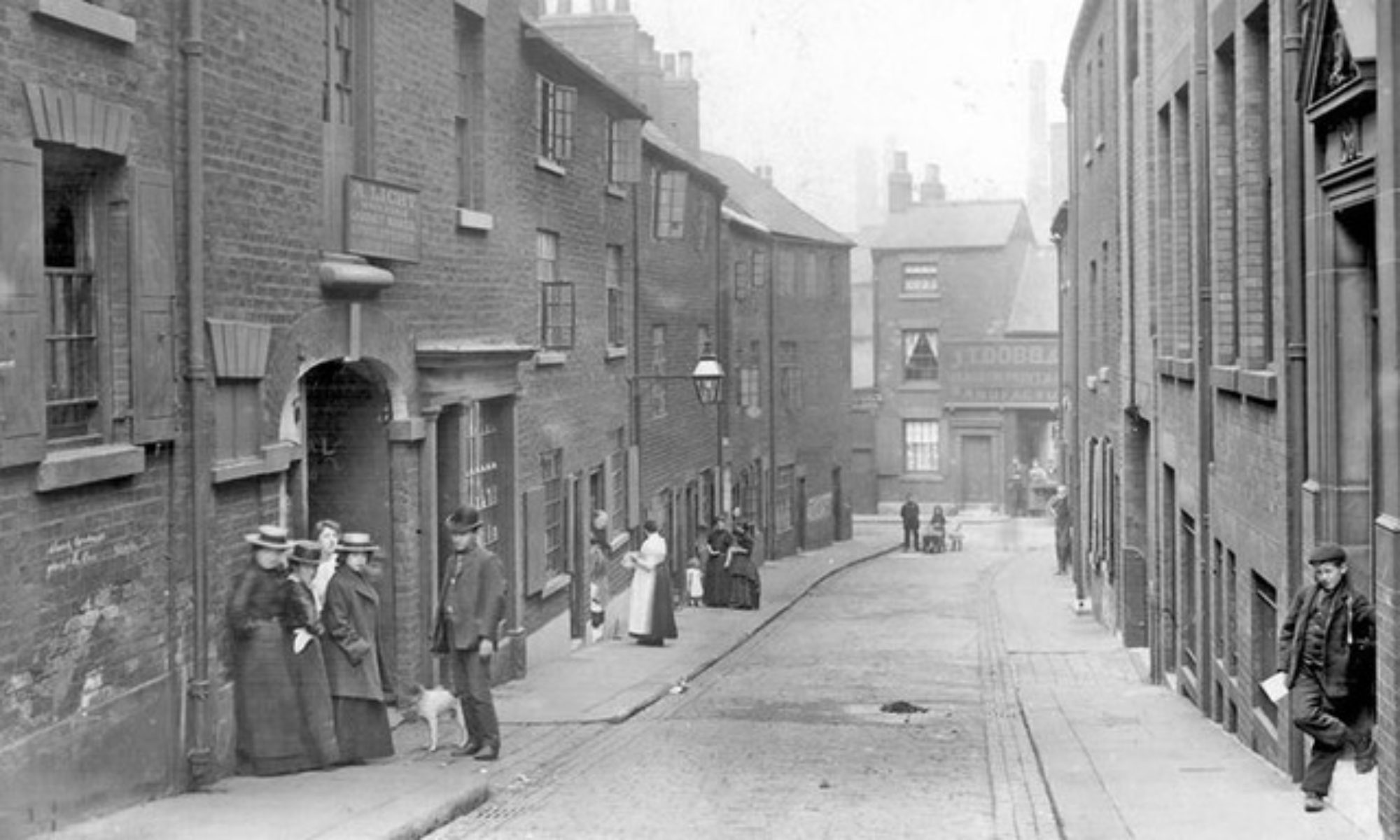
Alan's Oeuvre







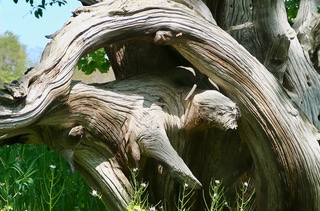
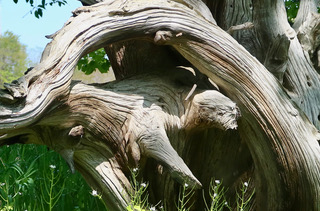
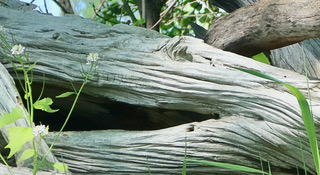
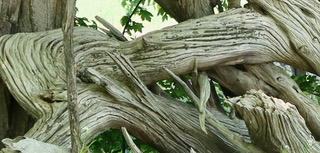
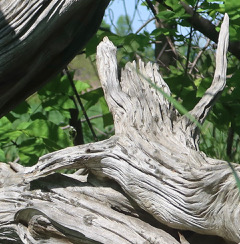
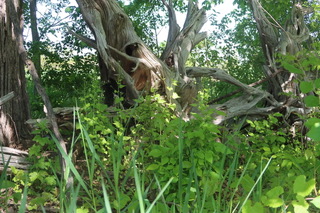
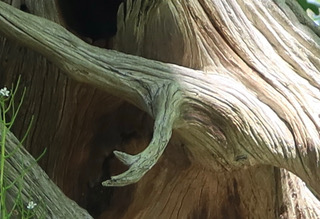
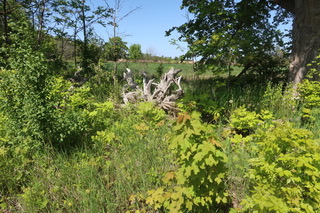
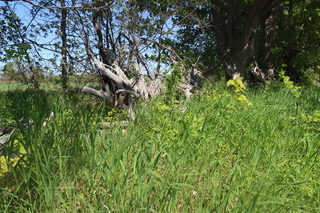
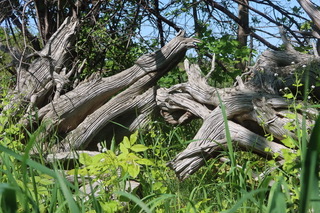
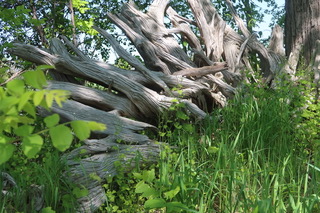
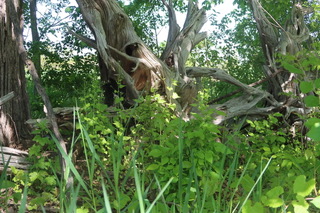
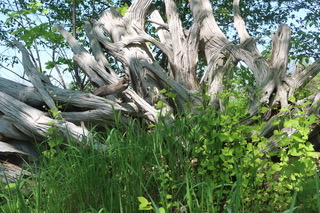
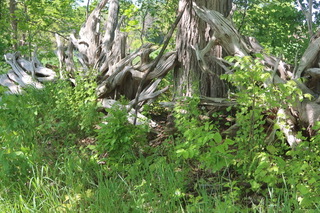
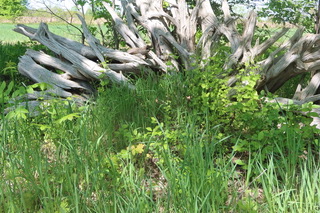
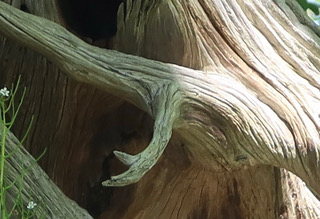
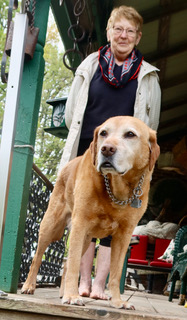
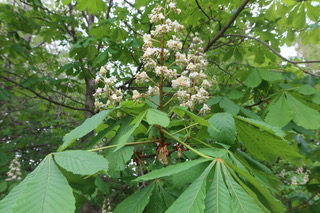
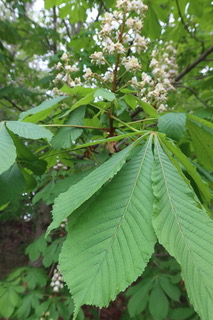


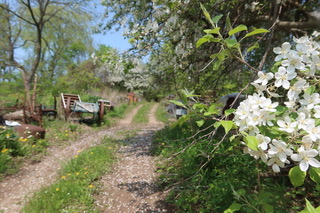

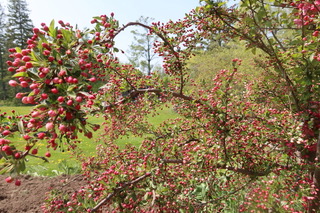
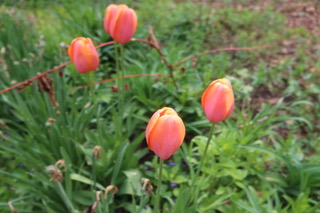
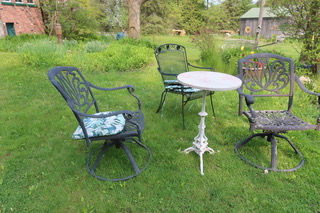
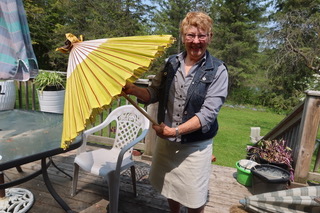
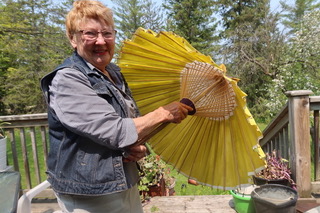

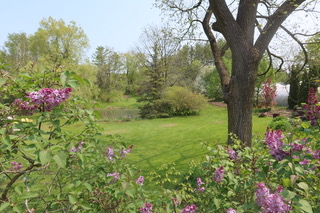
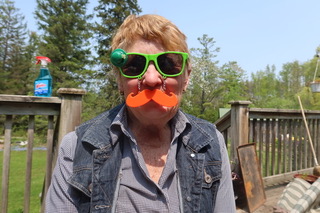
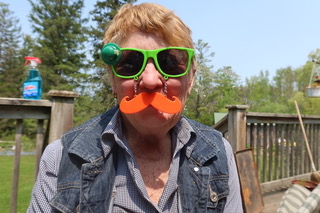
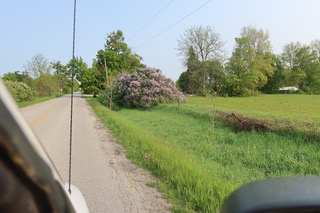
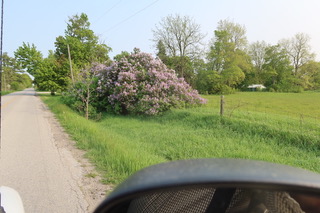
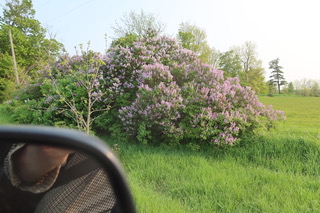


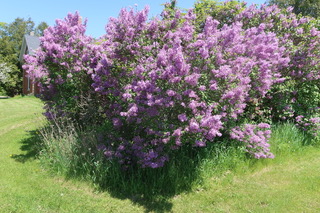

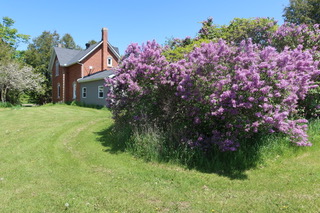
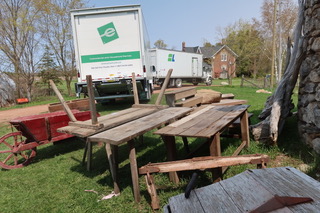
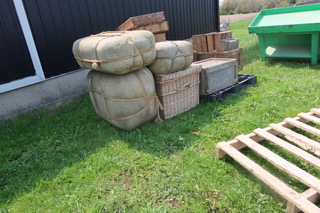
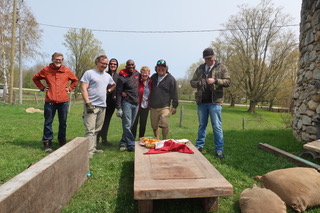
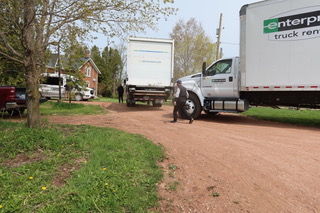
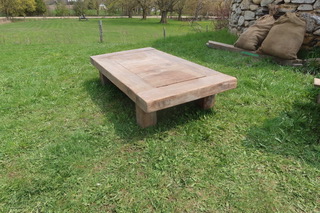
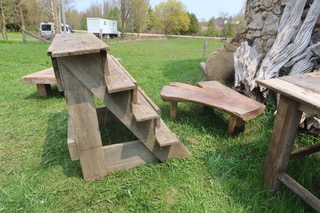
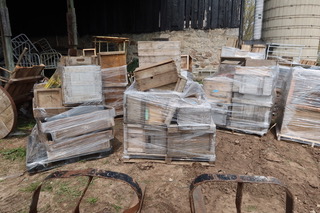
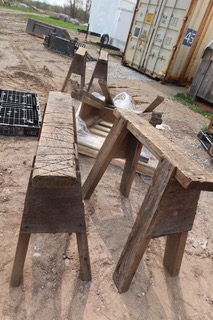
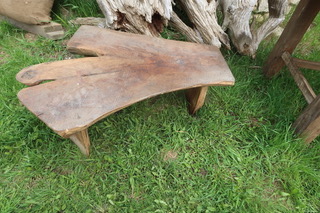
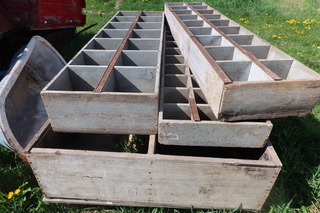
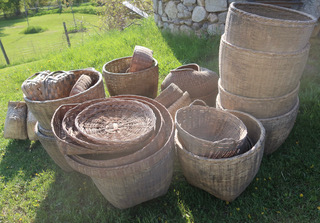
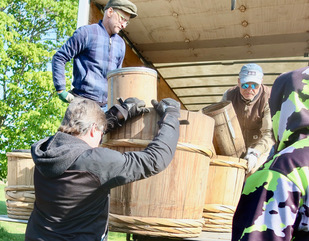
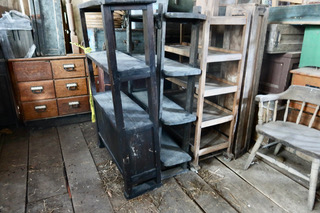
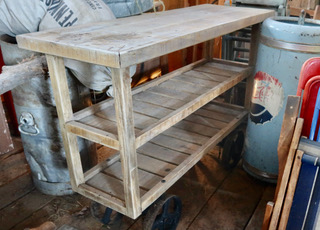
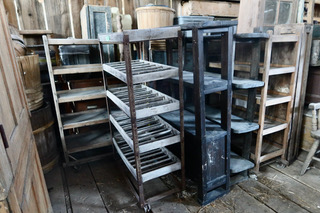
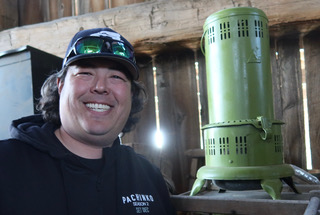
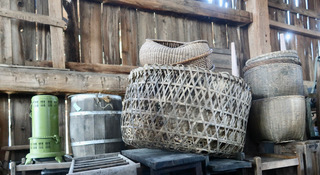
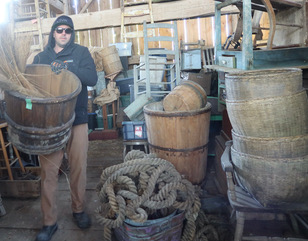
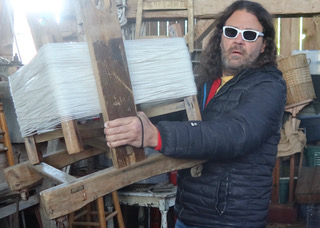
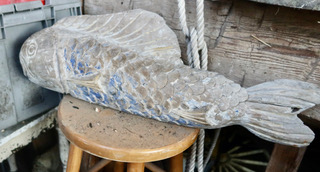
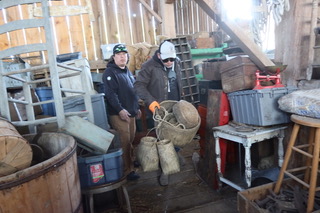
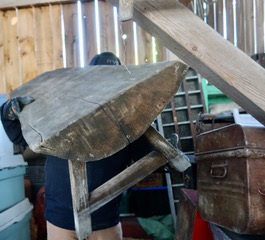
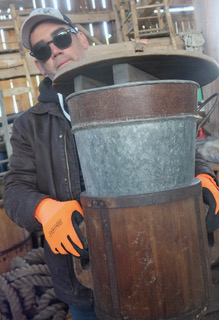
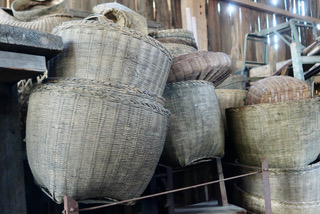
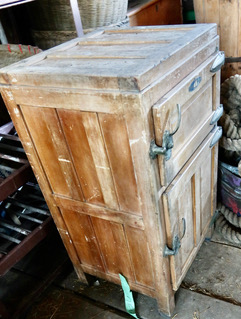
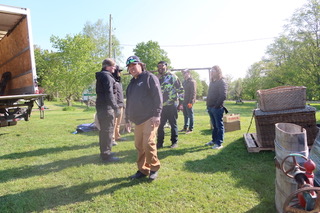
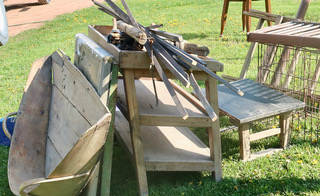
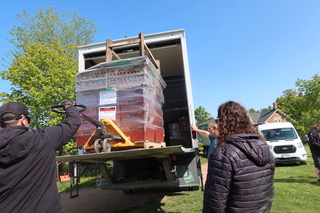
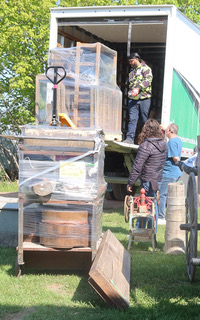
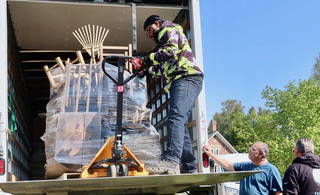
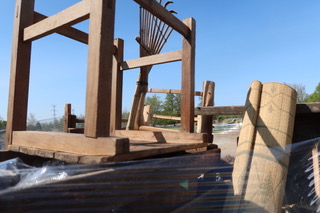
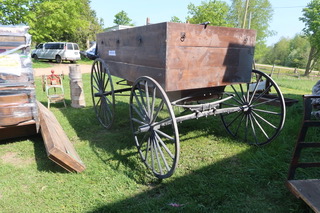
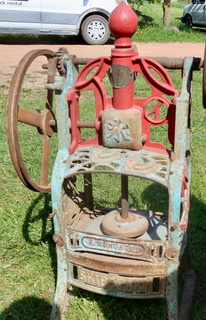
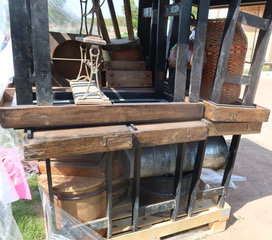
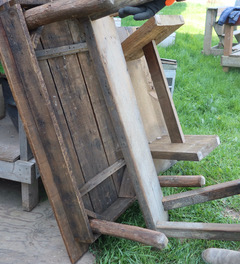
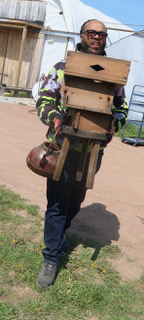
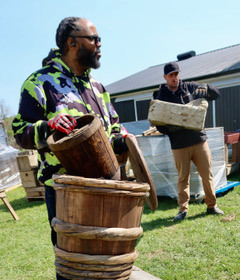
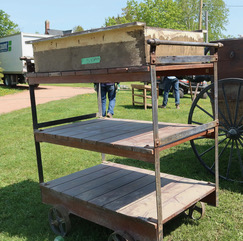
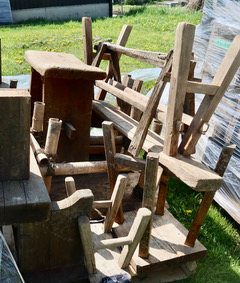
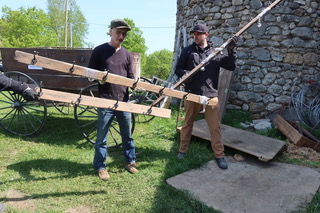
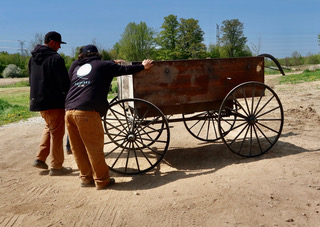
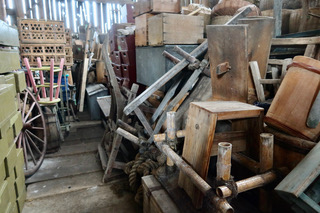
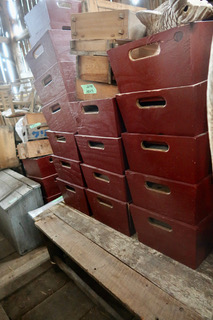
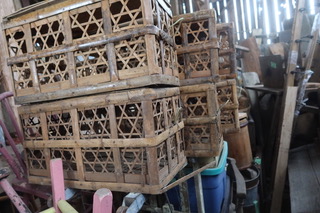
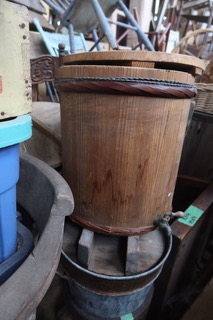
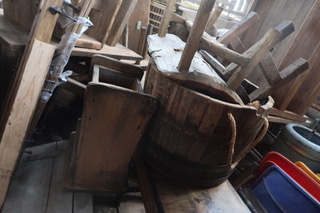
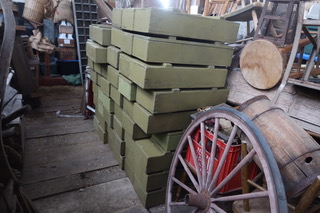
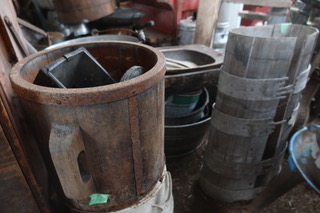
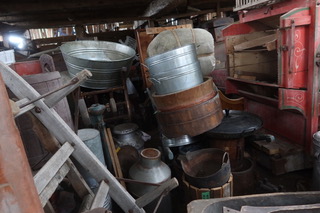
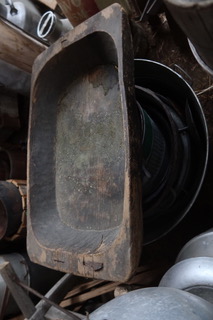
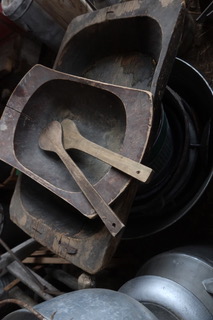
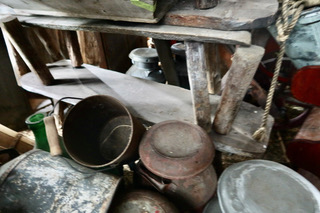
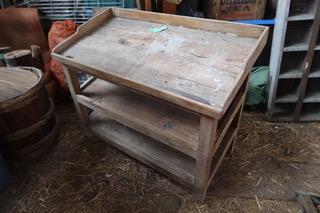
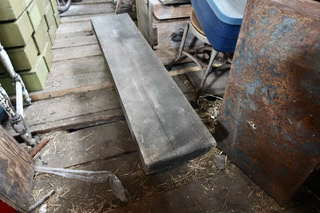
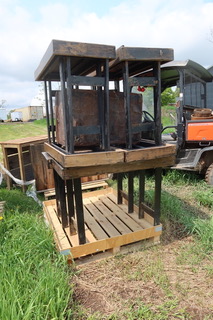
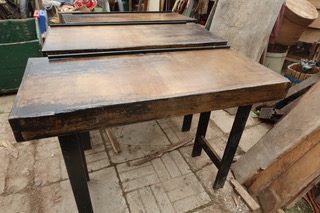
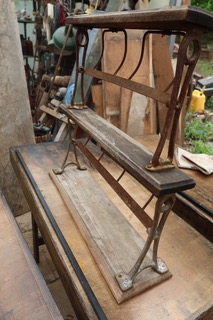
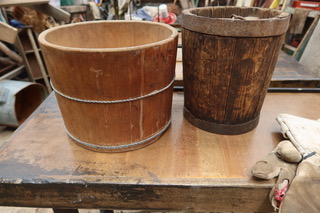
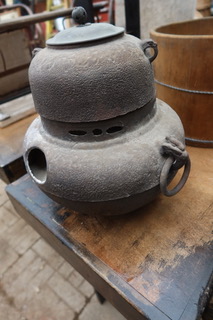
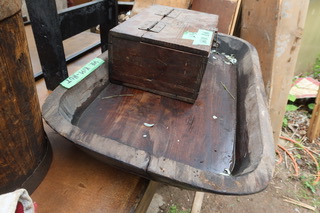
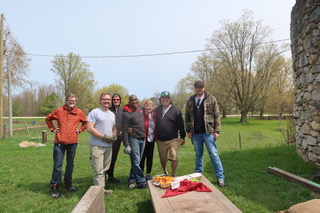
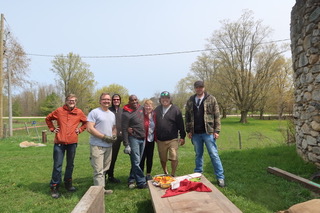
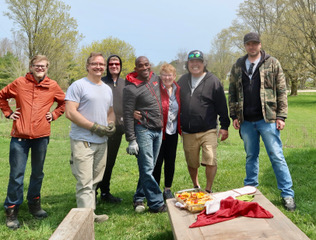
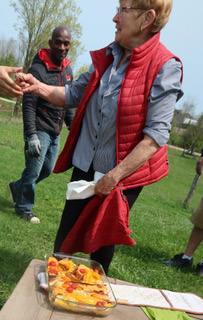
Begin forwarded message:
From: ALAN SKEOCH <alan.skeoch@rogers.com>Subject: Fwd: EPISODE 822 ALAN, WE ARE CLEARING THE MOVIE SET”Date: May 26, 2023 at 12:13:42 PM EDTTo: Paul Caron <bumpa36@rogers.com>, Matthew Bolton <matthew.c.bolton@gmail.com>
I ASSUME THIS STORY IS SAFE TO SEND OUT….AVOIDS PROBLEMS WITH SET….NO NAMES, NO DETAIL PICS OF SET
I HAVE EVERYTHING STOWED AWAY EXCEPT FOR CRATES…..SEEMS YOU GUYS ARE VER BUSY…NO NEED TO RESPONDALAN.
Begin forwarded message:EPISODE 823 “ALAN, WE ARE CLEARING THE MOVIE SET”
alan skeochmay 21, 2023
Marjorie found the only living plant in the whole 5 square km movie setWHAT HAPPENS WHEN A MOVIE SHUTS DOWN? DEMOLITION AND DISPERSALMartin and Matthew called us one morning a few days ago.“Perhaps you and Marjorie might be interested in some of the things we had for the movie.”(name of movie withheld)“Sure thing.”“We’ll send a limousine around to pick you up.”“We can drive ““The set is hard to find even though it covered 5 square kilometres of buildings. Best we pickyou up. The place has security people. You know what movie making entails. Secrecy.”NOTE: This story avoids specifics. All pictures of the movie set … i.e. the village that was constructedhas been deleted. So the privacy of movie making has been respected. There is stillmuch to see.
A stretched limousine picked us up. The driver, John,said we had him for the day. And it took a full day….two huge locations, a sound stAge and an open air site.Why were we treated so well? Because some of the things we rented to them needed to be eye balled.And some tHings were for sale.The site was hidden behind wall after wall of gigantic 53 foot long shipping containers piled on topof each other. There was a gate house and a security guard. John had clearance. We felt like royalty.
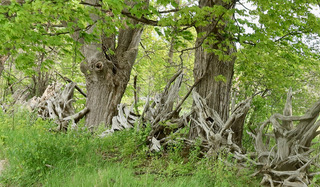
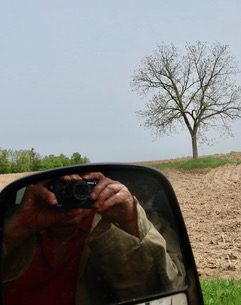
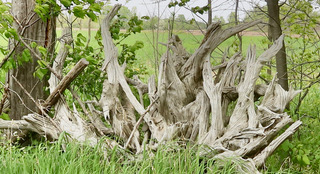
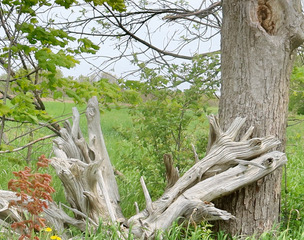
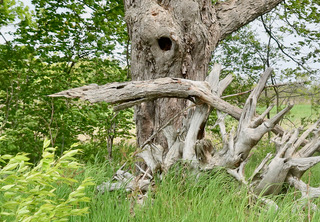

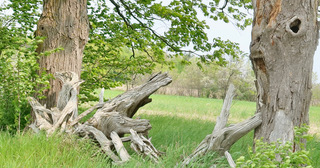
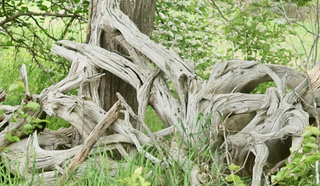
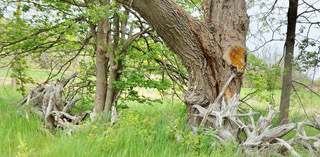
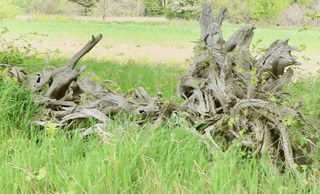
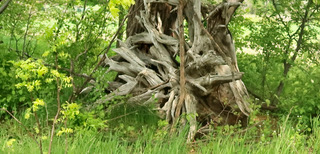

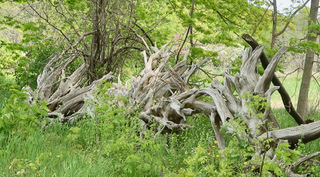
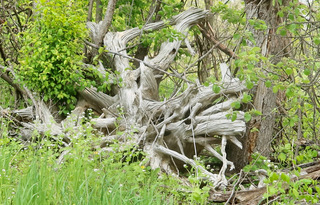
Mrs. Anna Jameson’s described a girdled forest she saw on the main road between Hamilton and Branford. “[For] a space of about three miles, bordered entirely on each side by dead trees, which had been artificially blasted by fire or girdling. It was a ghastly forest of tall white spectres, strangely contrasting with the glowing luxurious foliage all around…Without exactly believing the assertion of the old philosopher, that a tree feels the first stroke of the axe, I know I never witness nor hear that first stroke without a shudder; and as yet I cannot look on with indifference, far less share the Canadian’s exultation, when these huge oaks, these umbrageous elms and stately pines, are lying prostrate, lopped of all their hours, and piled in heaps with the brushwood, to be fired,—or burned down to a charred and blackened fragment,—or standing leafless, sapless, seared, ghastly, having ben ‘girdled’ and left to perish.” (Anna Jameson: Winter Studies and Summer Rambles in Canada, 1838, Vol. II, pp. 102-3)
 upload.wikimedia.org/wikipedia/commons/2/2d/Photograph_of_Stump_Fence_Around_Fields_on_a_Farm_Near_White_Cloud%2C_Michigan_-_NARA_-_2129273.jpg?20121002084120 2x” data-file-width=”1383″ data-file-height=”1077″ class=””>
upload.wikimedia.org/wikipedia/commons/2/2d/Photograph_of_Stump_Fence_Around_Fields_on_a_Farm_Near_White_Cloud%2C_Michigan_-_NARA_-_2129273.jpg?20121002084120 2x” data-file-width=”1383″ data-file-height=”1077″ class=””>The stump or root fences on the Corner road remind me of fossil remains of mastodons, etc., exhumed and bleached in sun and rain.
— Henry David Thoreau, Journal (July 19, 1851)
Both photos: “A New England stump fence,” ca. 1890-1901, by Detroit Publishing Co., via Library of Congress Prints and Photographs Division.
I had heard of ‘stumperies,’ but not of stump fences (sometimes called root fences), however now I’ve learned that . . .
[s]tump fences, as their name implies, were made by dragging the stumps of trees to the edge of a field and placing them side by side, with their interlacing roots facing outward and their trunks inward. In the days when “ugly as a stump fence” was a simile in common usage, the stump fence had its critics, but in 1837 one observer called it “a singular fence…needing no mending, and lasting the ‘for ever’ of this world.” “The devil himself couldn’t move a stump fence,” farmers used to say, an opinion borne out by the fact that stump fences well over a hundred years old can still be seen in parts of Canada and in the Midwest.
Stumps were often the product of the first clearing of the land, but stump fences didn’t appear in the first generation of a settlement’s fences because stumps need to sit in the ground for six to ten years before they are loose enough to be pulled out and hauled away. Extracting even a loosened stump was never easy; it required oxen and strong chains, something that many settlers lacked at first. In the 1800s, stump pulling would become a cash business and one way that a man could make a good living. Twenty-five cents a stump was the standard price in 1850 when men operating such mechanical stump pullers as the “Portable Goliath,” “The Little Giant,” and “Roger’s Patent Extractor” could extract from twenty to fifty stumps a day.
One of my favourite radio broadcasts…kind I enjoyed doing…was the Case of the BREAD BAG HAT.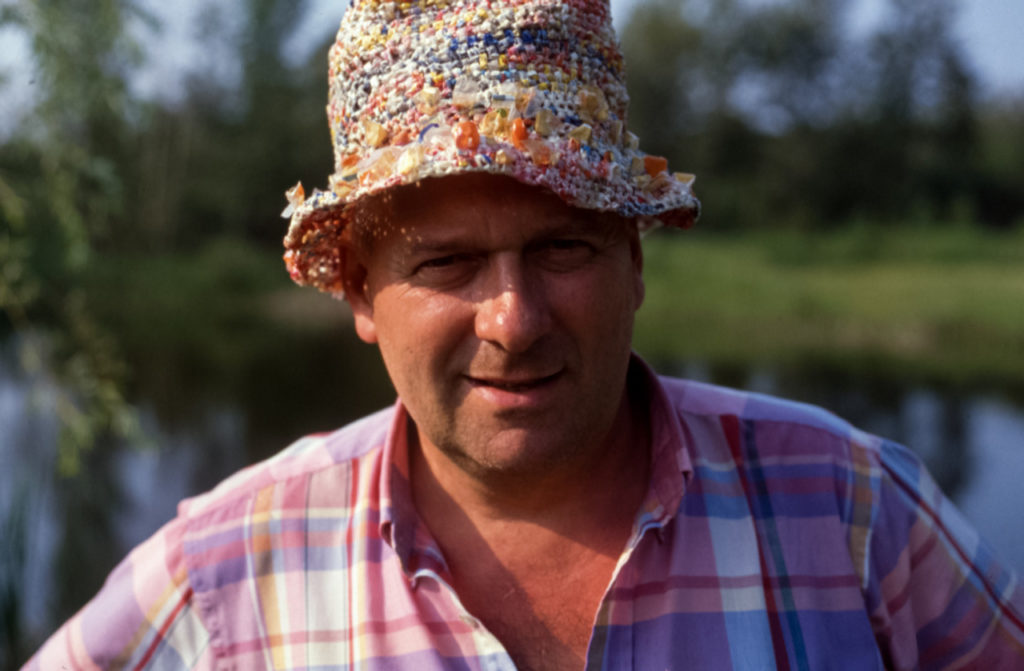 alanskeoch.ca/wp-content/uploads/2018/02/bread-bag-hat-300×197.jpg 300w, alanskeoch.ca/wp-content/uploads/2018/02/bread-bag-hat-768×503.jpg 768w, alanskeoch.ca/wp-content/uploads/2018/02/bread-bag-hat.jpg 1280w” sizes=”(max-width: 525px) 100vw, 525px” style=”box-sizing: inherit; border-style: none; height: auto; max-width: 100%; display: inline; float: left; margin: 0px 1.5em 0px 0px;”>
alanskeoch.ca/wp-content/uploads/2018/02/bread-bag-hat-300×197.jpg 300w, alanskeoch.ca/wp-content/uploads/2018/02/bread-bag-hat-768×503.jpg 768w, alanskeoch.ca/wp-content/uploads/2018/02/bread-bag-hat.jpg 1280w” sizes=”(max-width: 525px) 100vw, 525px” style=”box-sizing: inherit; border-style: none; height: auto; max-width: 100%; display: inline; float: left; margin: 0px 1.5em 0px 0px;”>
Recycled Plastic Bag Hat
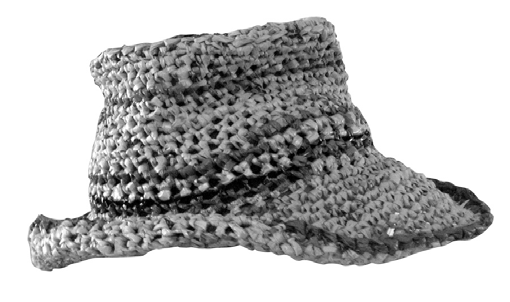
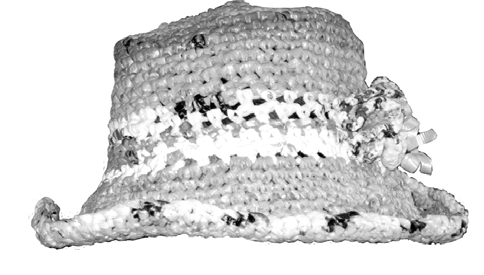
This hat is made from used plastic grocery bags. The bags are cut into strips and crocheted. The result looks a lot like a straw hat. It can be scrunched, folded, washed and/or stomped on without damage. And best of all, it’s all recycled!
This was my first project in crochet, and it’s really easy. The most boring (and therefore the hardest) part is cutting the plastic bags into strips.
Materials:
20 – 30 plastic grocery bags, cut in strips
Crochet Hook size J (6mm) or closest size. Use wood or metal hook, plastic hooks stick to
the plastic bags. *See notes on back about bag choices + methods of cutting into strips.
There is no gauge since bags come in many weights. The hat is measured in inches as you work. The hat is worked in a spiral, all in single crochet (sc), with increases and decreases determining the shape.
Top:
Use your favorite circle method and sc 8 sts into a circle.
**I use the Magic Adjustable Ring, by Donna Hulka. See ** next page. Since the hat is worked as a spiral this is where you should place a marker to keep track of your rounds (see below).
Work 2 sc into each stitch (st) until you have 16 sts. After this keep increasing as much as you need to keep the circle flat. You need to increase 6 – 8 times in each full circle, so you
could place a stitch marker and keep count. Or, like me, you could just guess, and if it starts to curl increase more, or if it looks ruffled stop increasing.
Side:
When the circle is around 7 inches in diameter stop increasing. Continue to sc in every st until the hat is the height you want (try it on). 4 inches is a reasonable minimum.
Brim:
You now need to start increasing again. (I usually increase every 3rd st for the first row, to give it a definite turn.) Then work as you did on the top until your brim is as wide as you desire. Bind off and wear!
Optional: Stitch in a sweatband of some stretchy fabric (old t-shirt?) for comfort.
Add a band and/or decorations. Put a string or shoelace in to tie it under your chin.
Variations:
To give to top edge of your hat definition, sc into the front loop on the last round before turning. Make your hat have a round top by increasing less often.
*Notes on bags.
Bags come in many sizes, colors and weights. It is easiest to use bags of all one weight, but really, anything goes. Cut heavier bags into more narrow strips.
To make strips:
method #1: Spiral cut. Trim off the bottom and handles of the bag. Start at one end and cut into a continuous spiral. The width of the strip is your choice, wider strips need bigger crochet hooks. My favorite method is to put the bag over a pole or tube (broomstick or vacuum cleaner tube?) and hold the scissors and pull the bag towards you. You don’t actually need to snip.
method #2 : Loops. Fold the bag lengthwise into quarters and cut strips across it (more narrow than the spirals)…these make loops. Loop the loops to each other to make a continuous double weight strip, with little lumpies where they are attached.
I personally don’t like crocheting with those little lumps, so I use the spiral method.
** Magic Adjustable Ring (http://www.crochetme.com/Dec_Jan_0405/reads_round.html)
Make a loop. Hold the “yarn” where it crosses and reach your hook through to grab the “yarn” to make a single crochet. Make 8 scs and pull the tail to tighten the loop.
Crochet links:
If you’ve never done crochet you can learn here. If you’re a pro you can get ideas.
http://learntocrochet.lionbrand.com/ – basic instructions in a pdf. http://www.anniesattic.com/ – Stitch instructions in quicktime videos http://www.crochetme.com/ – Online crochet magazine http://www.turn-of-the-century.com/hooks.htm – Gorgeous hand turned wooden hooks
Basic single crochet stitch (sc). But please, get a basic book or check out the links above.
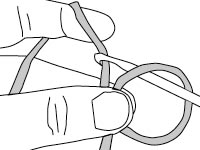
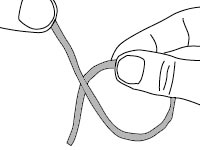
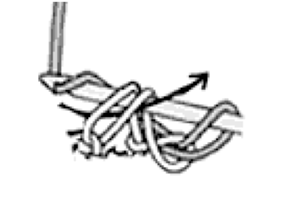
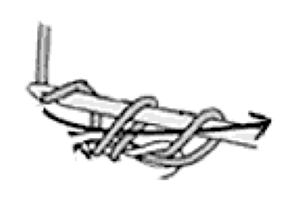
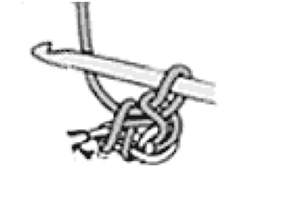









Insert hook, put yarn over it and pull through. 2 loops are on hook.
Loop yarn over hook again and pull through both loops.
One single crochet complete. On all rows after first circle insert hook through both loops of lower stitch.
Instructions by Jeanne Borofsky, the Dreaming Printer • http://dreamingprinter.com
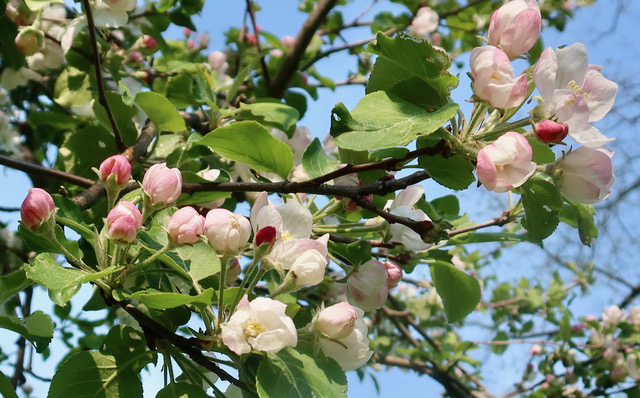
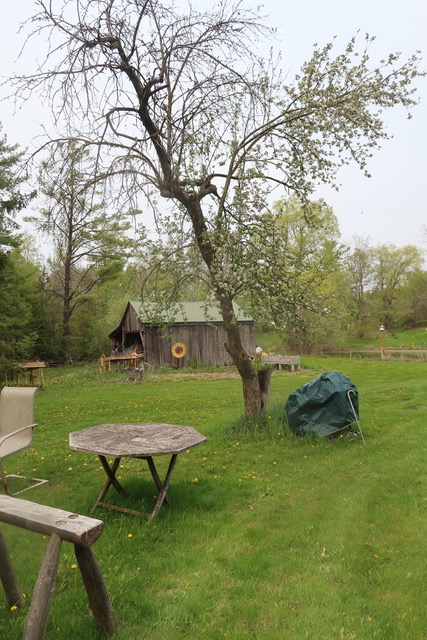
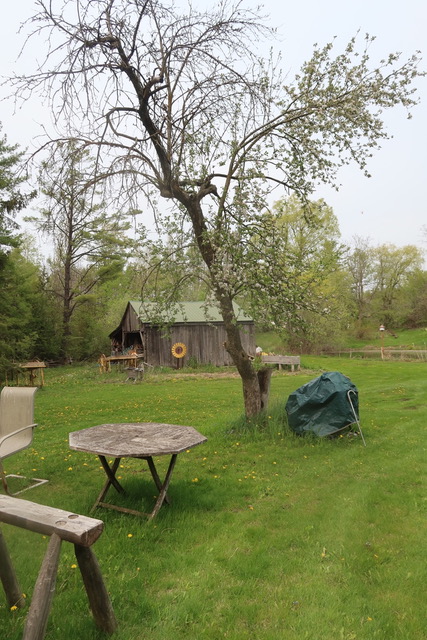
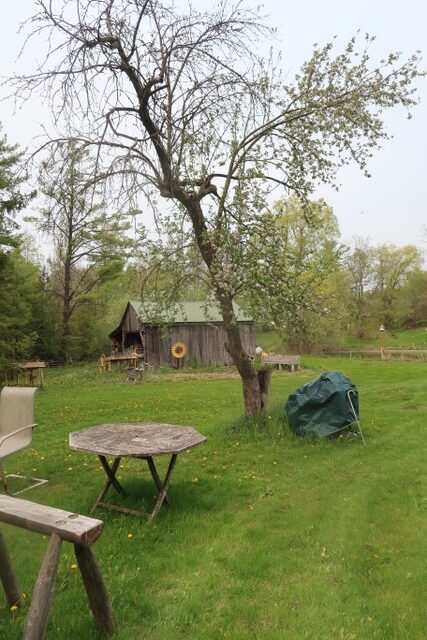
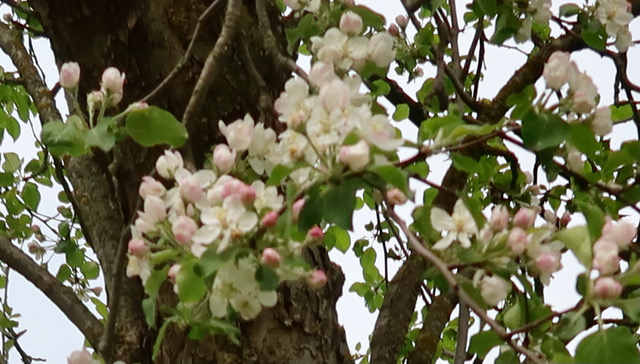
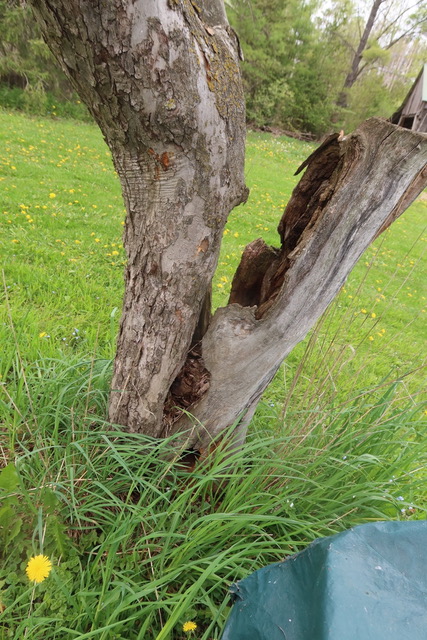
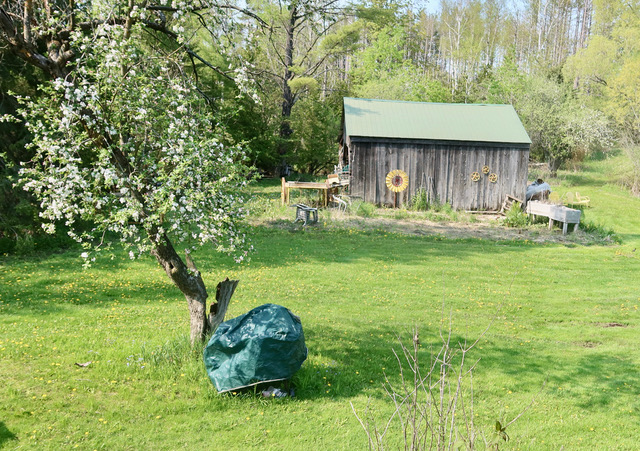
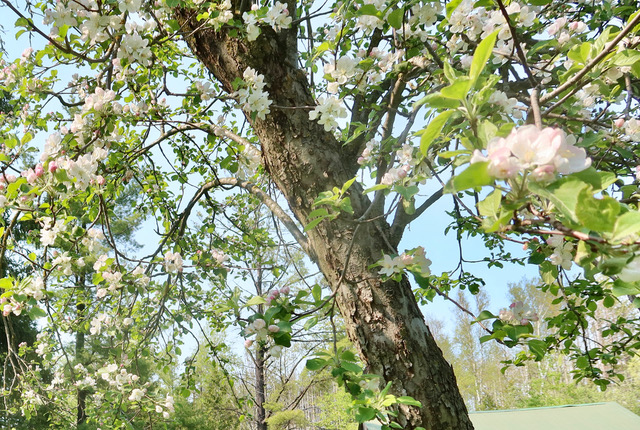

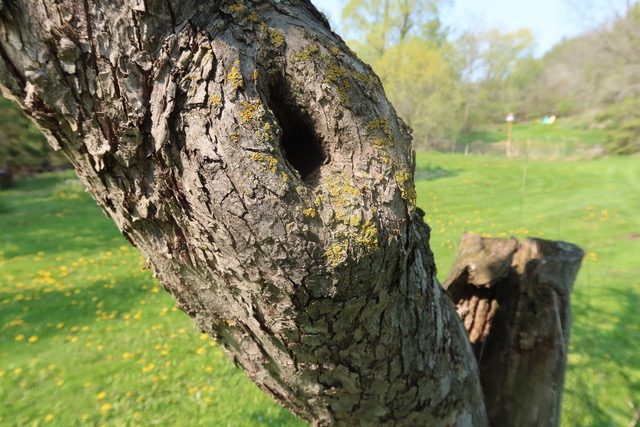
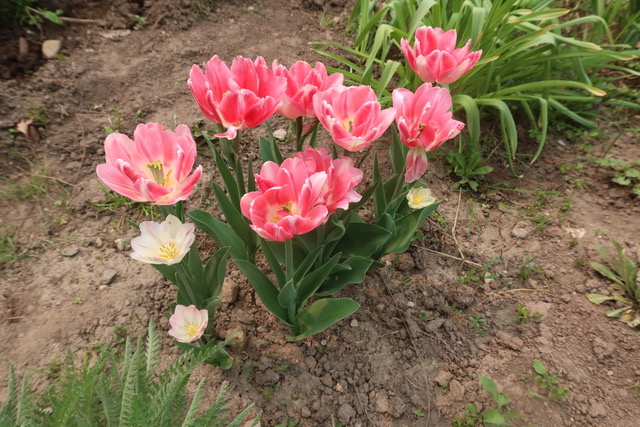
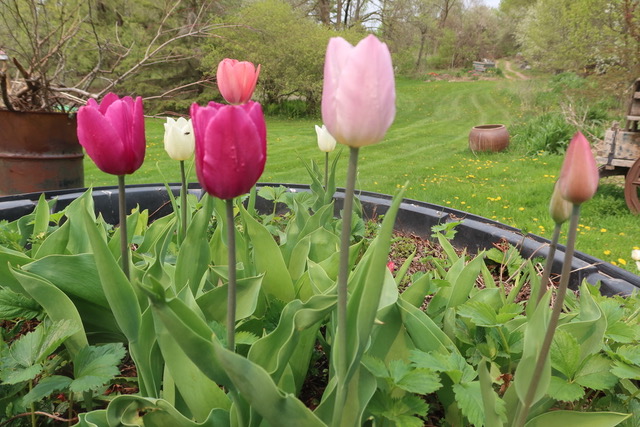
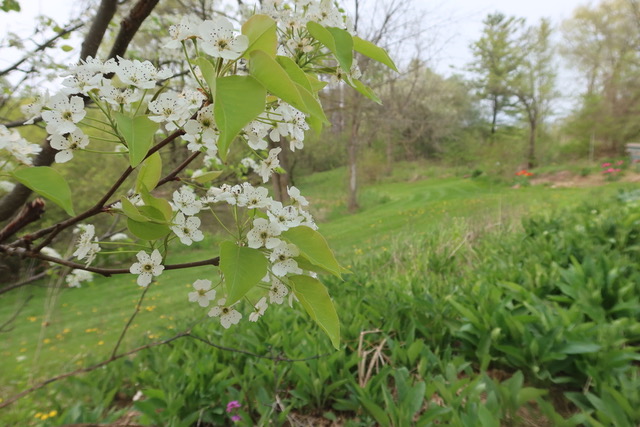
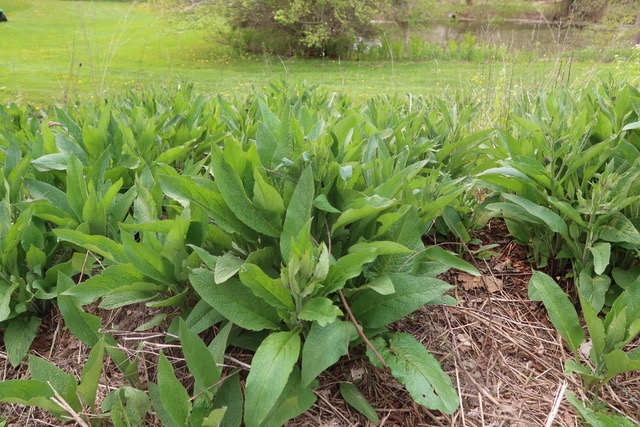
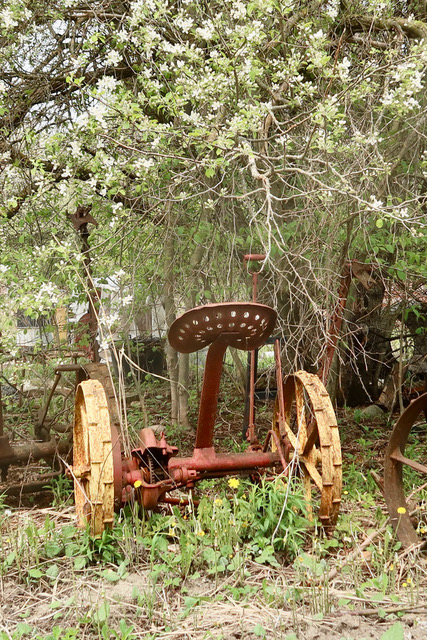
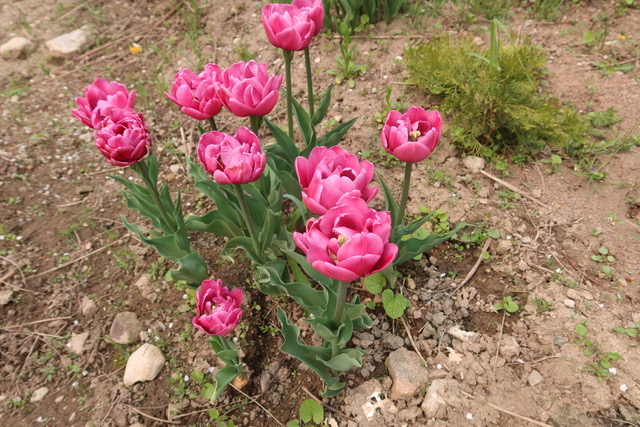

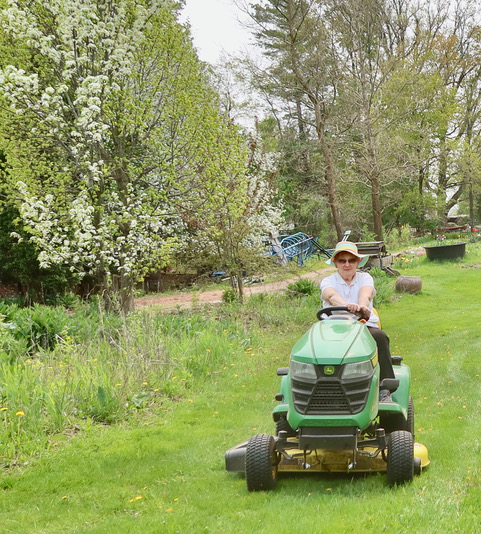
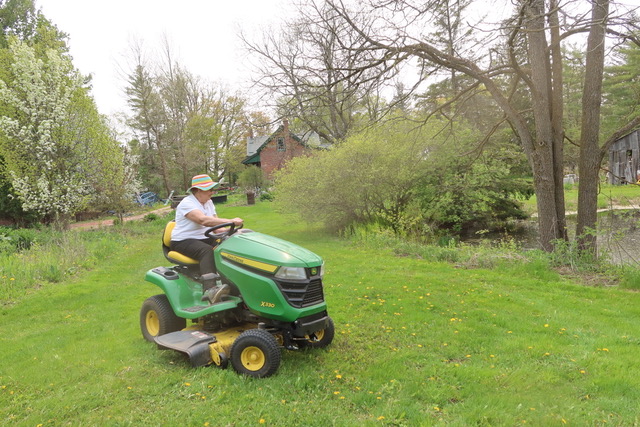
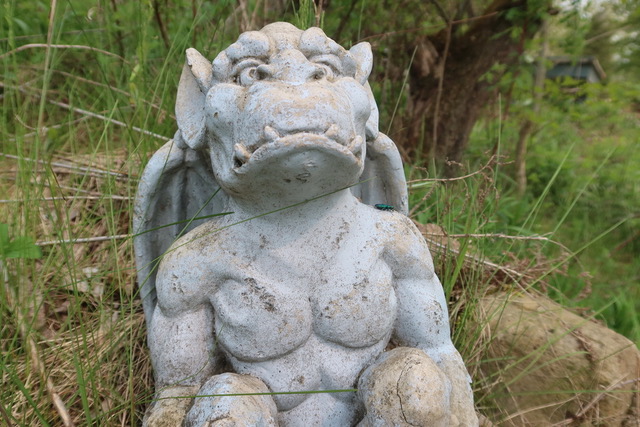





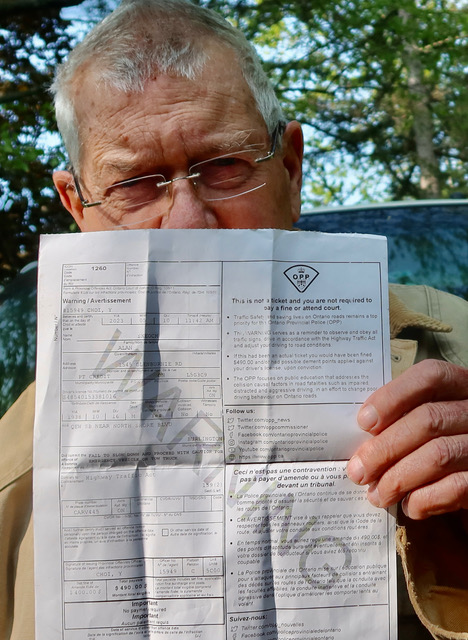

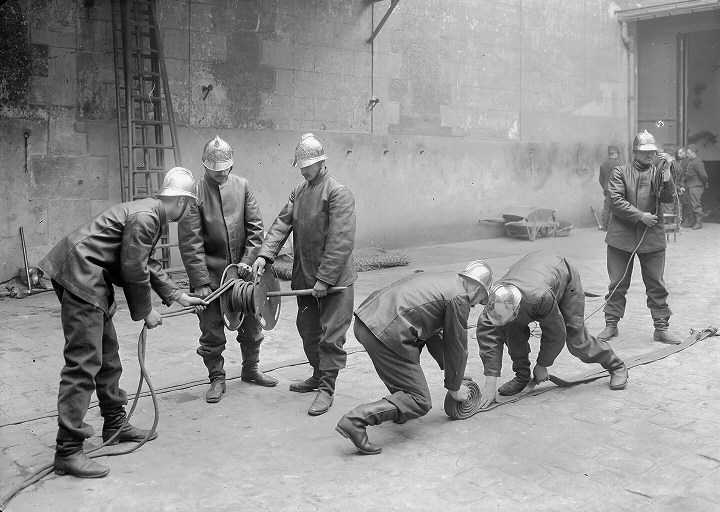
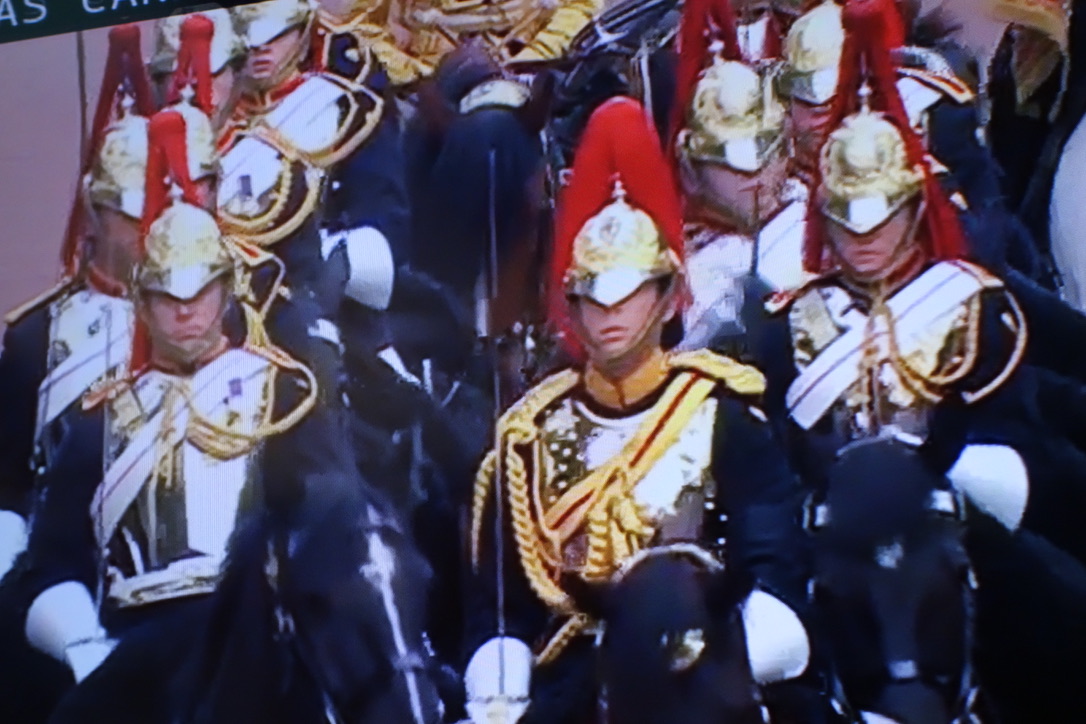
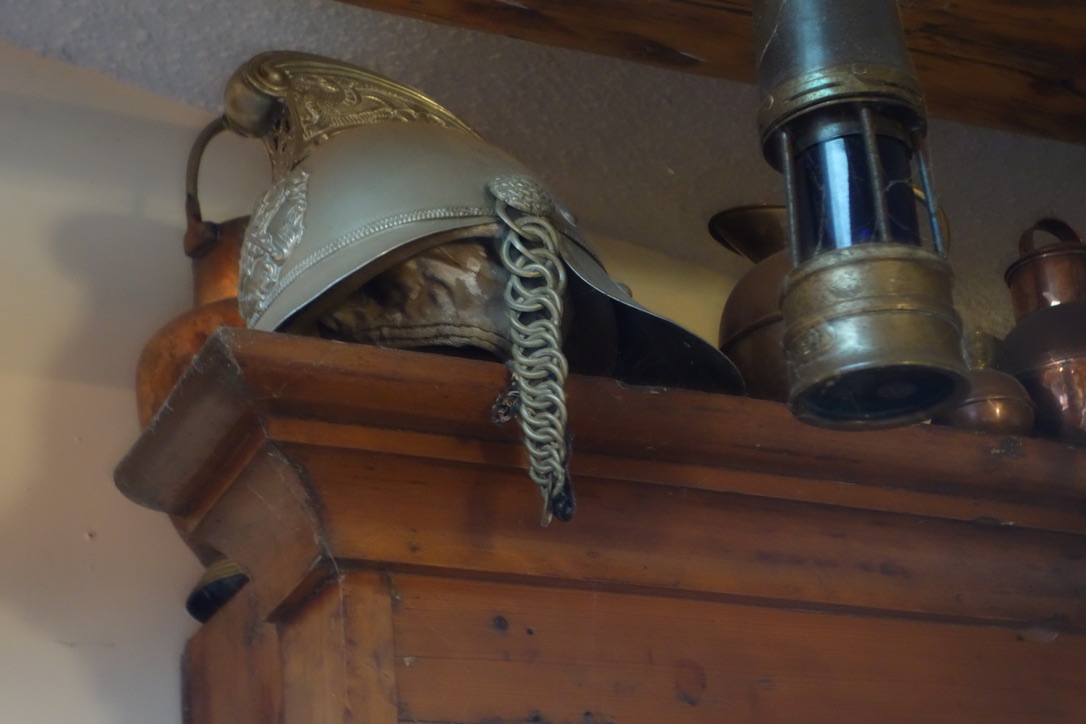
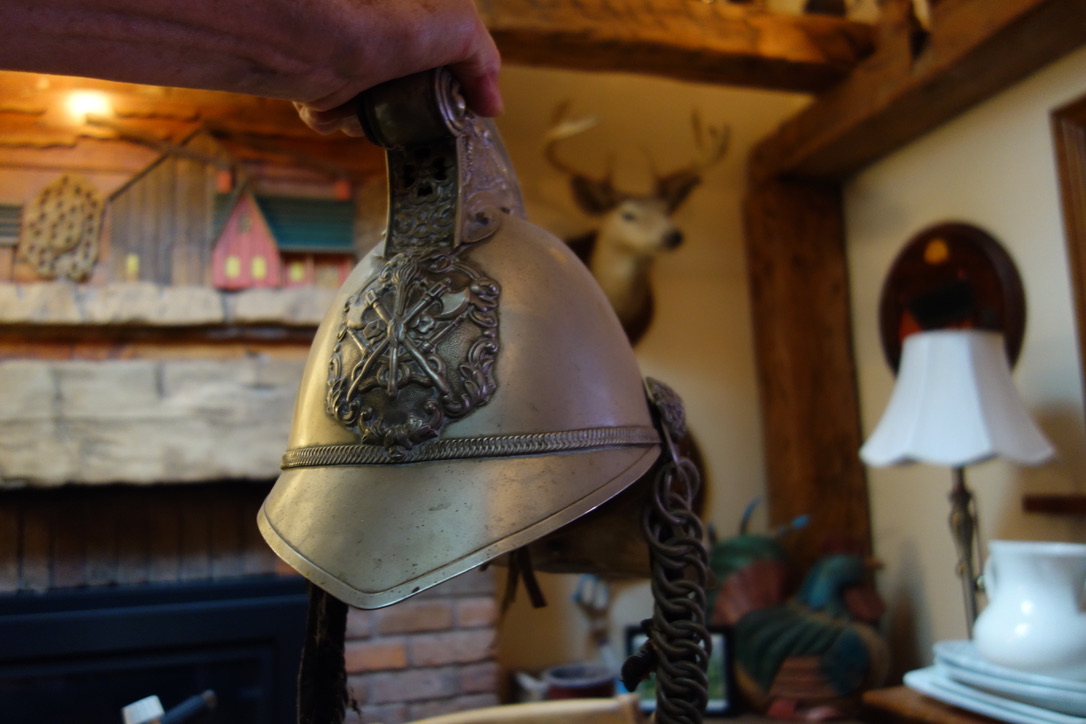
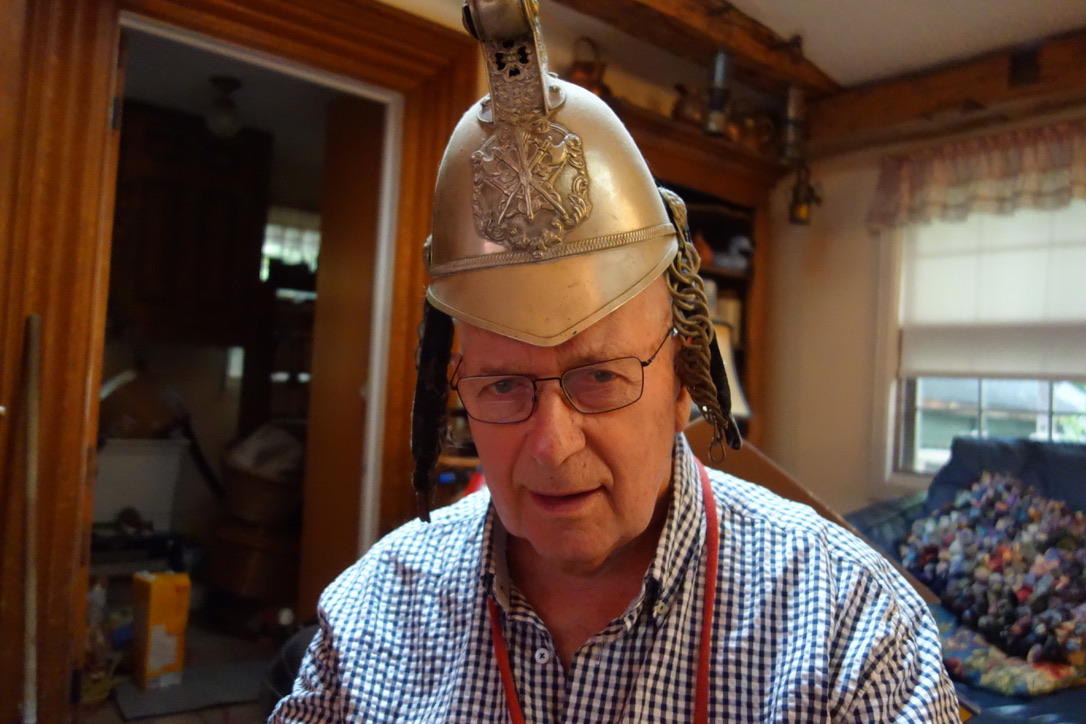
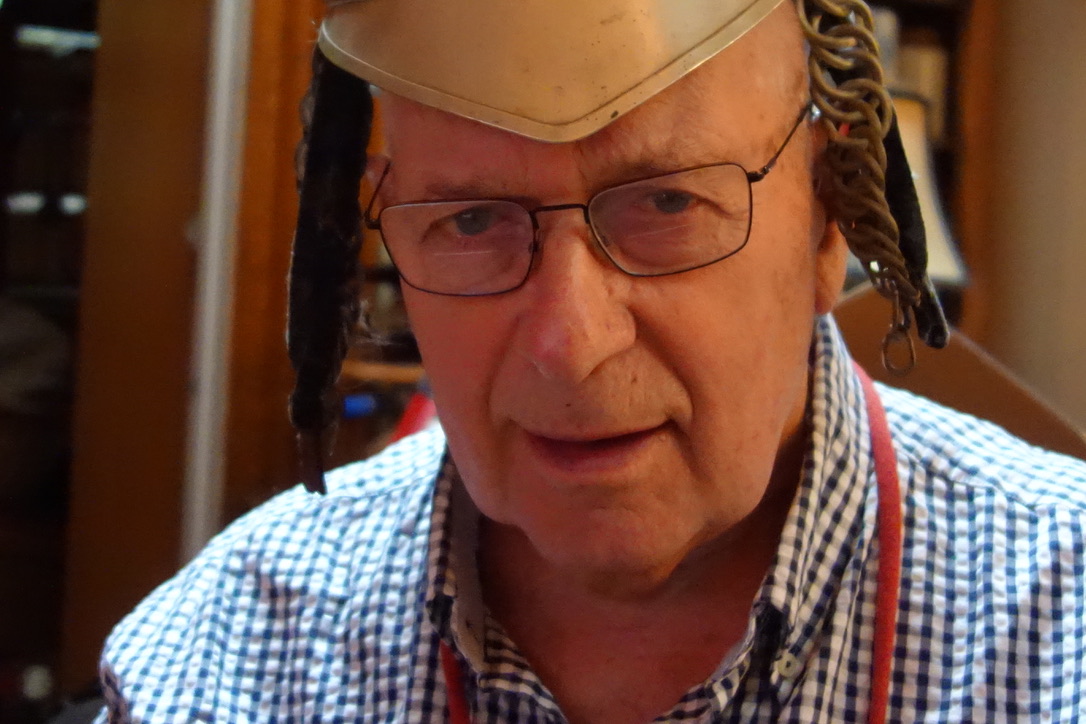
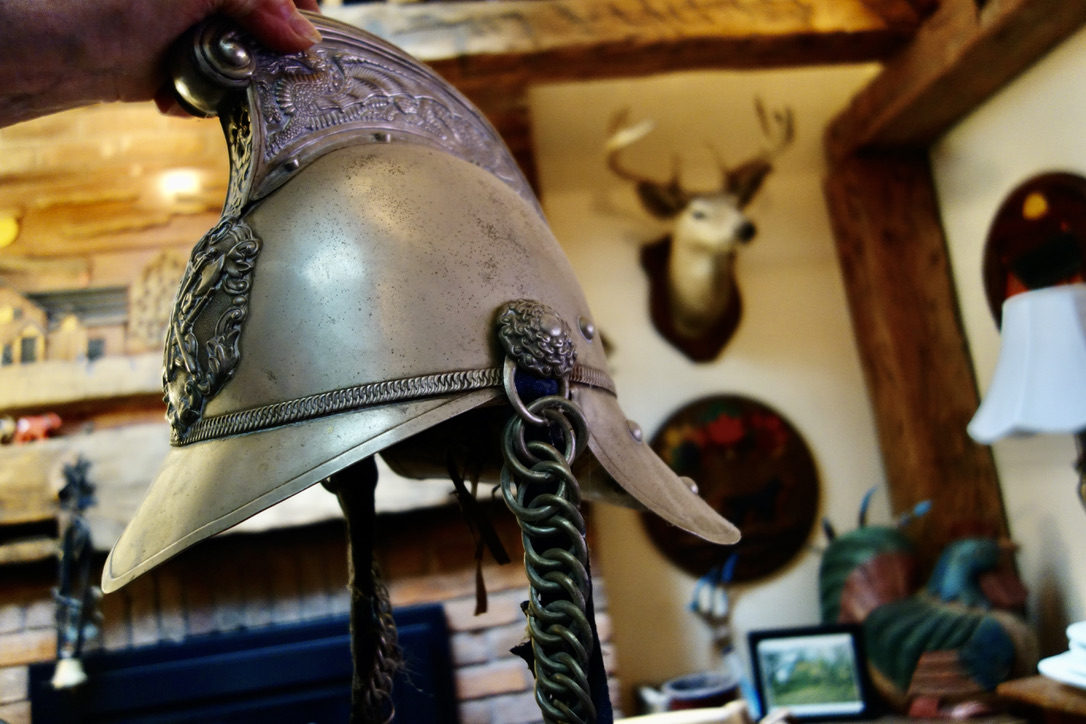
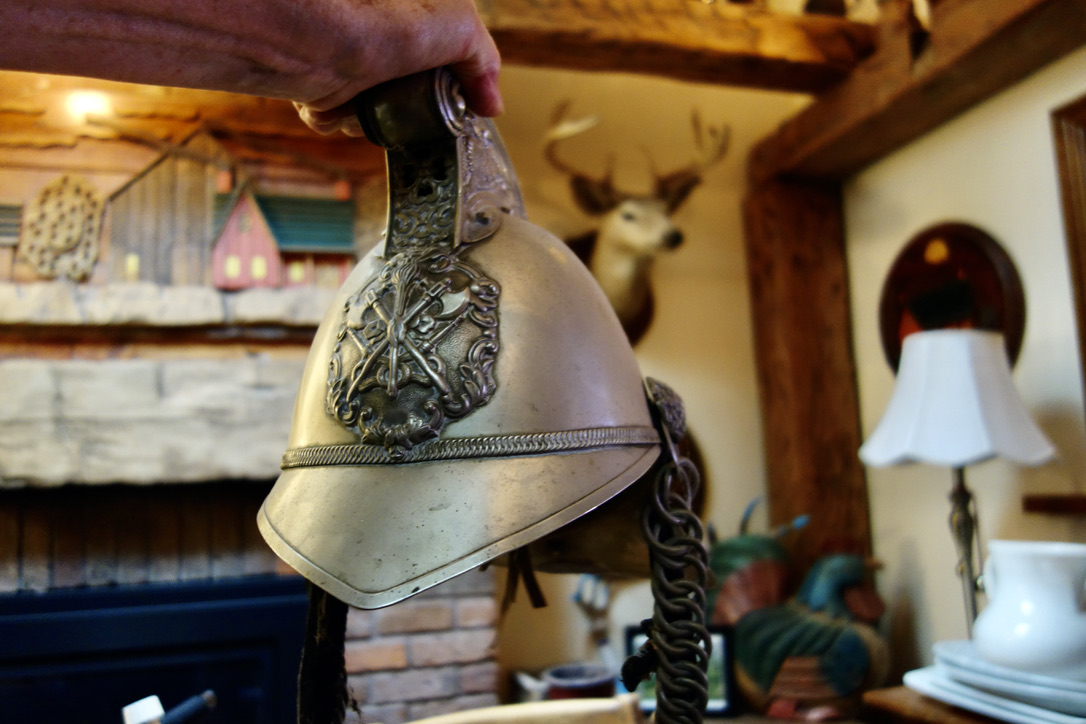
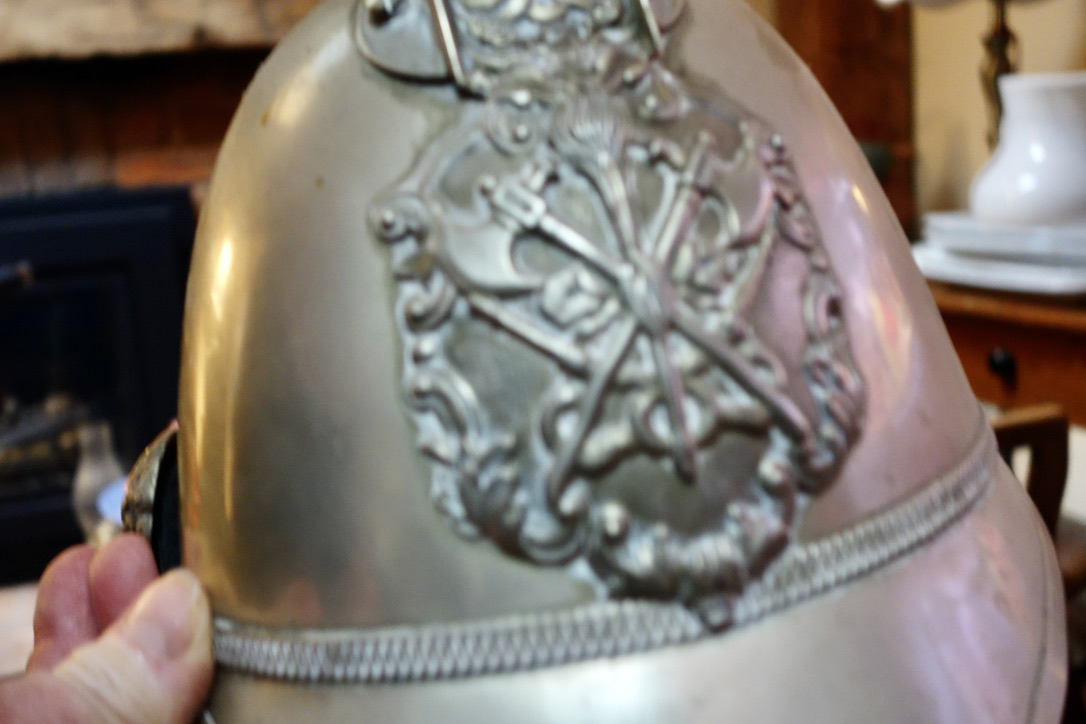
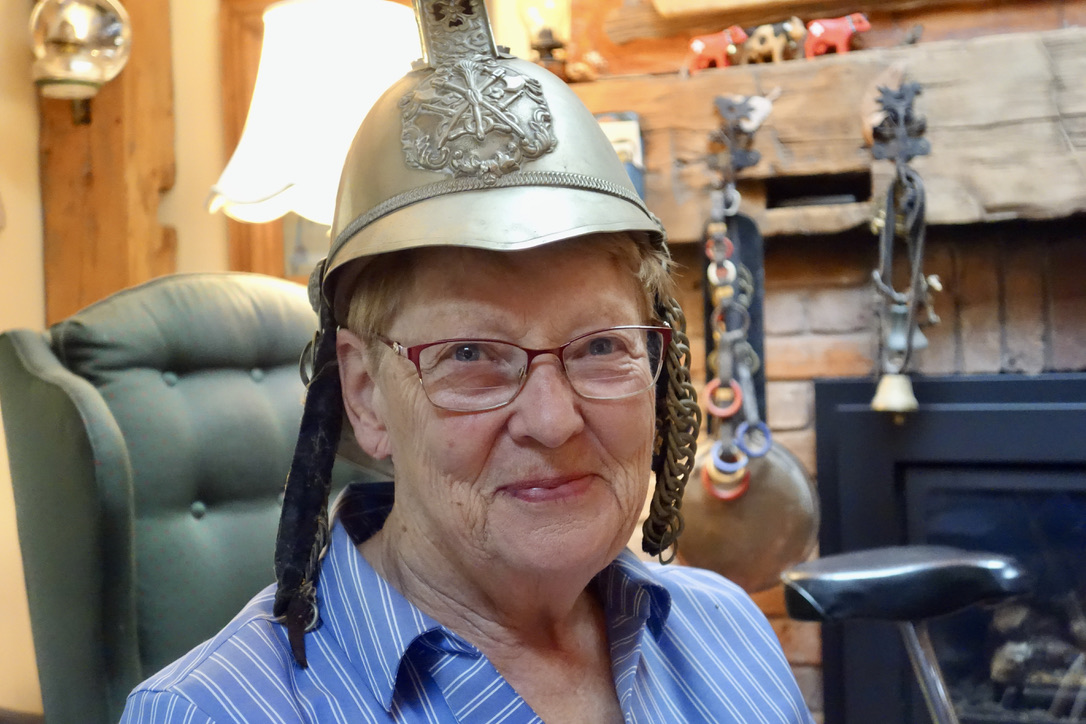
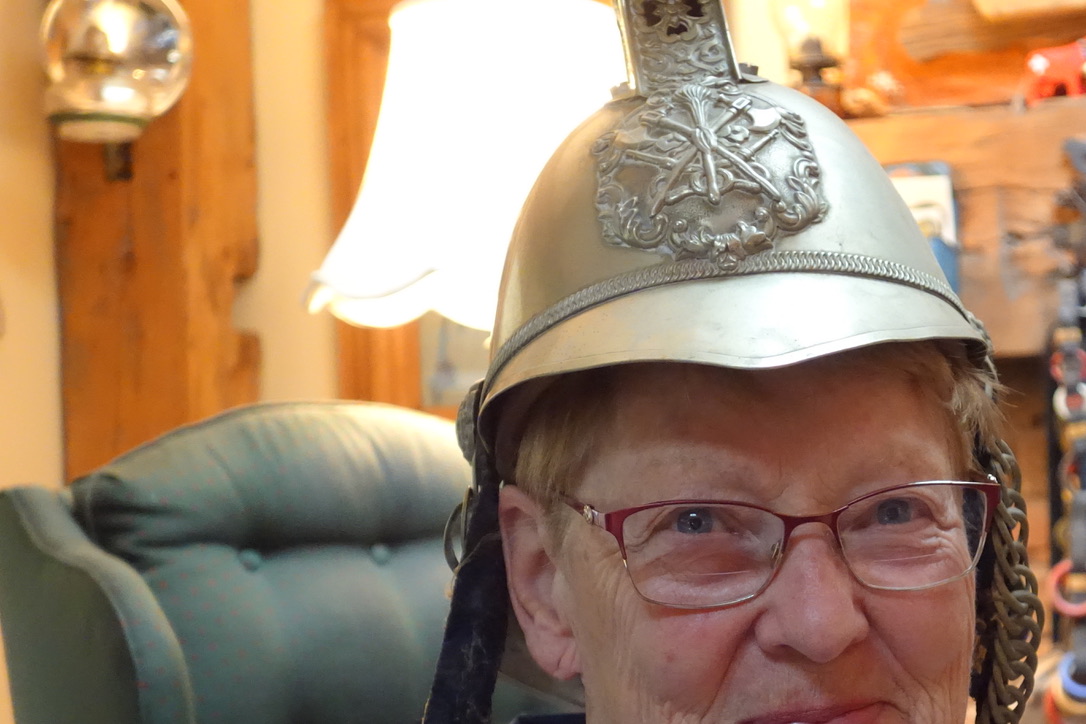
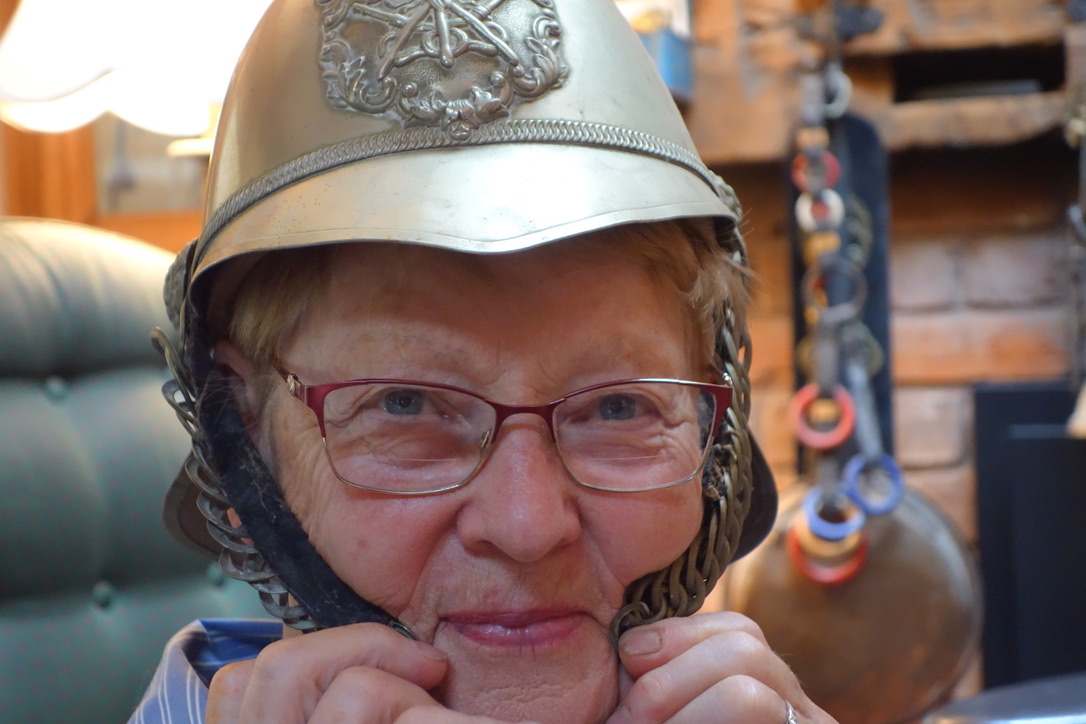
 100vw, 504px”><img loading=) FAR RIGHT ENGRAVING BY W.J. BENNETT, 1787-1844
FAR RIGHT ENGRAVING BY W.J. BENNETT, 1787-1844